Pungam Reservoir (풍암저수지)
8.8Km 2020-06-05
71-3, Woldeukeopseo-ro, Seo-gu, Gwangju
+82-62-365-4114
Pungam Reservoir was originally built in 1956 for agriculture, but was turned into a park in 1999 as part of the pilot program for developing parks nationwide. It is a popular resting area featuring traditional pavilions and wooden bridges.
HOTEL OHU (호텔 오후)
9.0Km 2024-12-09
4-33 Geumhwa-ro 85beon-gil, Seo-gu, Gwangju
HOTEL OHU uses disposable bedding to protect guests for maximum hygiene. Breakfast includes Hangang ramyeon, Taiwan-style sandwich, and drinks. There are plenty of parking spaces. Every room has various OTT service available and guests can also order room service. Each room has unique style for a different feel every time guests visit.
Gwangju Gongyeon Maru (광주광역시공연마루)
9.0Km 2025-03-15
3 Sangmusimin-ro, Seo-gu, Gwangju
Gwangju Gongyeon Maru (Performance Maru) was the performance hall that was used during the World Photonics Expo 2010 Gwangju. After the Expo, the performance hall continued to host various events and performances. After becoming an official performance hall in 2014, it became a permanent performance hall of Gwangju in 2018 after a renovation.
Green Energy Experience Hall Gwangju-Jeonnam Regional Headquarters (녹색에너지체험관 (광주전남지역본부))
9.0Km 2024-02-14
123 Cheomdangwagi-ro, Buk-gu, Gwangju
Green Energy Experience Hall is located within the Gwangju Jeonnam Regional Headquarters of the Korea Energy Agency. Here, visitors can learn about the importance of energy conservation and discover methods to save energy in everyday life. Key facilities include the Green Energy Experience Hall, the Outdoor Experience Hall, and the LED Exhibit Hall. Admission is free, and the center welcomes visitors aged five years and older.
Bitgoeul Korea Traditional Classical Music Instruction Hall (빛고을국악전수관)
9.0Km 2024-12-17
182 Punggeum-ro, Seo-gu, Gwangju
Bitgoeul Korea Traditional Classical Music Instruction Hall offers various programs throughout the year. Since 2002, classes on traditional instruments are available, as well as separate children gugak classes. Special exhibition on the second floor has various instruments that visitors can actually try. The permanent exhibition on the third floor has 45 different gugak instruments as well as videos to further provide detailed information. The main area is the performance hall on B1-B2F, with 137 seats, that offers performances every Thursday for free from traditional gugak to fusion music.
Damyang Changpyeong [Slow City] (담양군 창평면 [슬로시티])
9.2Km 2021-04-16
56-24, Doldam-gil, Damyang-gun, Jeollanam-do
+82-2-383-3807
Damyang Changpyeong Samjinae Village is a farming village that produces vegetables and fruits including tomatoes and strawberries. The name of the village goes all the way back to early Goryeo period. Changpyeong is home to many important historical figures and known for its regional foods and local produce.
World Human Rights Cities Forum (세계인권도시포럼)
9.4Km 2022-10-14
30, Sangmunuri-ro, Seo-gu, Gwangju
• 1330 Travel Hotline: +82-2-1330 (Korean, English, Japanese, Chinese) • For more info: +82-62-226-2734
The World Human Rights Cities Forum (WHRCF) is held as an annual event in Gwangju, Republic of Korea, to realize the vision of becoming a human rights city since 2011. The Forum has become a gathering place to share the spirit of justice and community, the same values under which the citizens of Gwangju resisted the ruthless oppression of the then-military regime in May 1980. Within the WHRCF participants exchange experiences on challenges and achieved success in human rights especially at the local level while expanding their own scope of understanding. Now, the Forum has become a major human rights event and distinctive platform for sharing and networking amongst human rights cities, human rights organizations, activists, and miscellaneous stakeholders in the area of human rights. (Source: World Human Rights Cities Forum website)
Kimdaejung Convention Center (김대중컨벤션센터)
9.4Km 2025-01-07
30, Sangmunuri-ro, Seo-gu, Gwangju
+82-62-611-2000
Kimdaejung Convention Center is a state-of-the-art facility in Gwangju, a city with rich cultural heritage and tourism resources. It was built as part of the efforts to promote Gwangju’s competitiveness as a main trade city in northeast Asia to boost local economy and, particularly, tourism resources. The center has served as a main venue for international meetings and exchanges (concerning products, information, culture, and technologies), significantly improving Gwangju’s image. Outstanding services, professional staff, and diverse amenities will make any meeting at Kimdaejung Convention Center pleasant and successful.
Damyang Changpyeong Samjinae Village [Slow City] (담양 창평 삼지내마을[슬로시티])
9.5Km 2020-03-31
9-22, Doldam-gil, Damyang-gun, Jeollanam-do
+82-61-383-3807
Damyang Changpyeong Samjinae Village was the first Korean place designated as a slow city in 2007. Compared with the fast-changing city life, the village seeks a slow life, experiencing regional cultures and food, surrounded by nature. Visitors can make Korean traditional sweets & cookies such as Hangwa and Ssalyeot here.
Holiday Inn Gwangju (홀리데이 인 광주 호텔)
9.5Km 2021-04-05
55, Sangmunuriro, Seo-gu, Gwangju
+82-62-610-7000
Holiday Inn Gwangju is located directly opposite of the Kimdaejung Convention Center which can be reached within a 2-minute walk. It has 203 modern-style guestrooms, an indoor swimming pool, sauna, and health club on the second floor. The spacious guestrooms are designed for businessmen and tourists alike. Also, it has various facilities available to hold large events, small seminars and family gatherings. Hourglass Restaurant is available on the first floor, offering dynamic promotions by season. On the tenth floor, La Place Restaurant & Grill has a private ambience based on French style, and is a perfect place for business meetings. The Holiday Inn Gwangju is one brand of Intercontinental Hotels Group, having 1,500 hotels and resorts in the world.
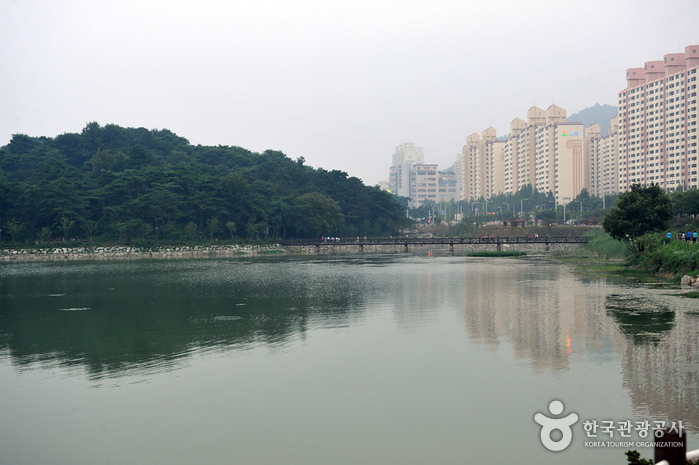

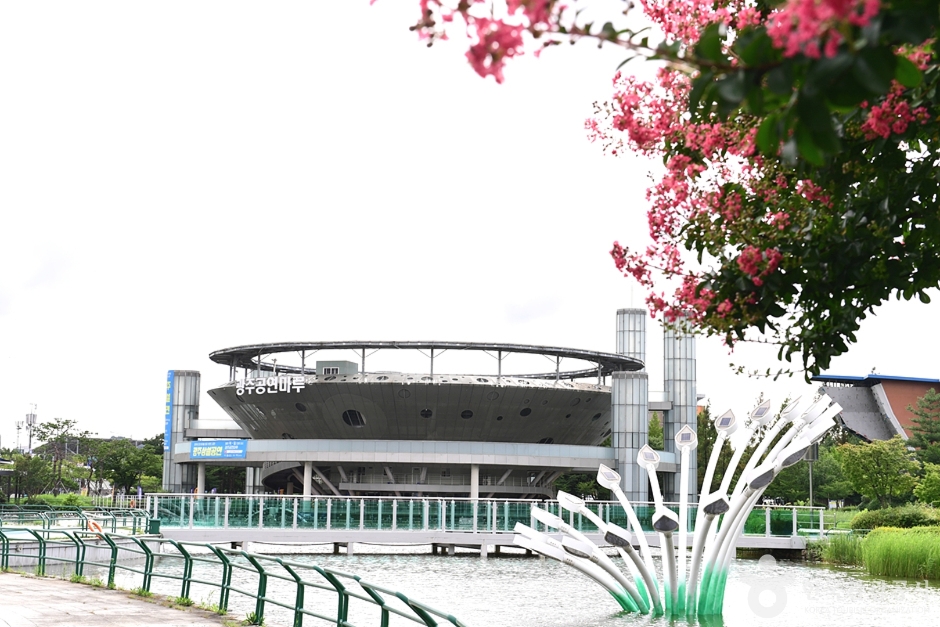
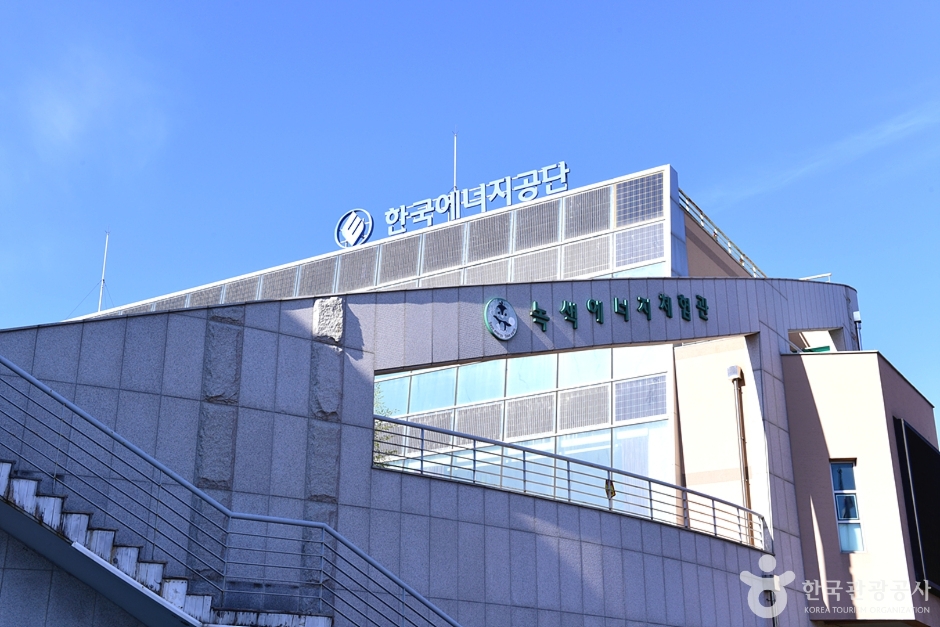
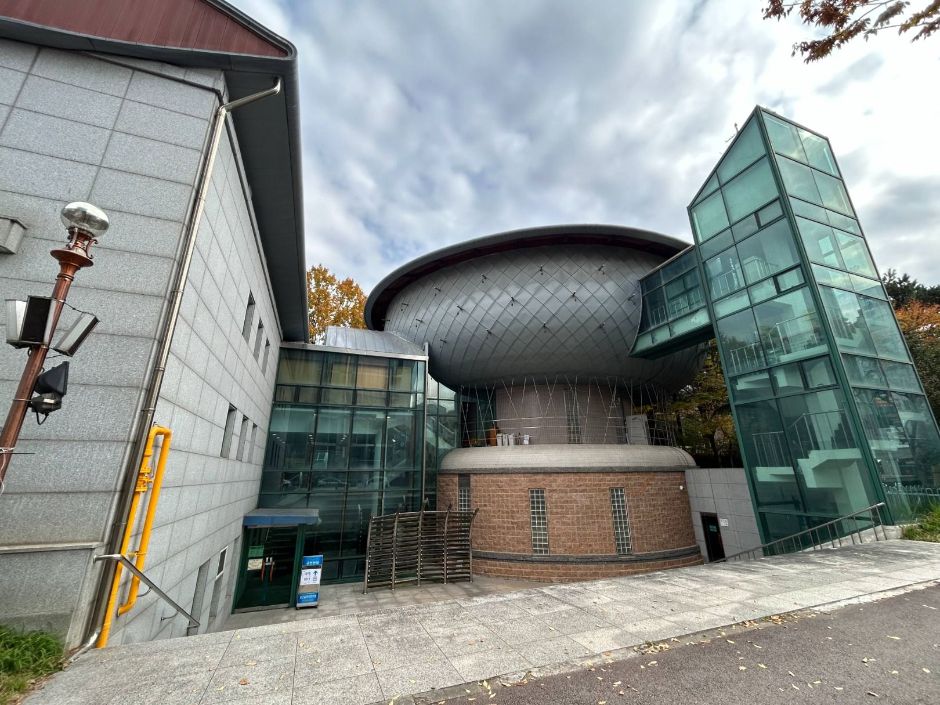
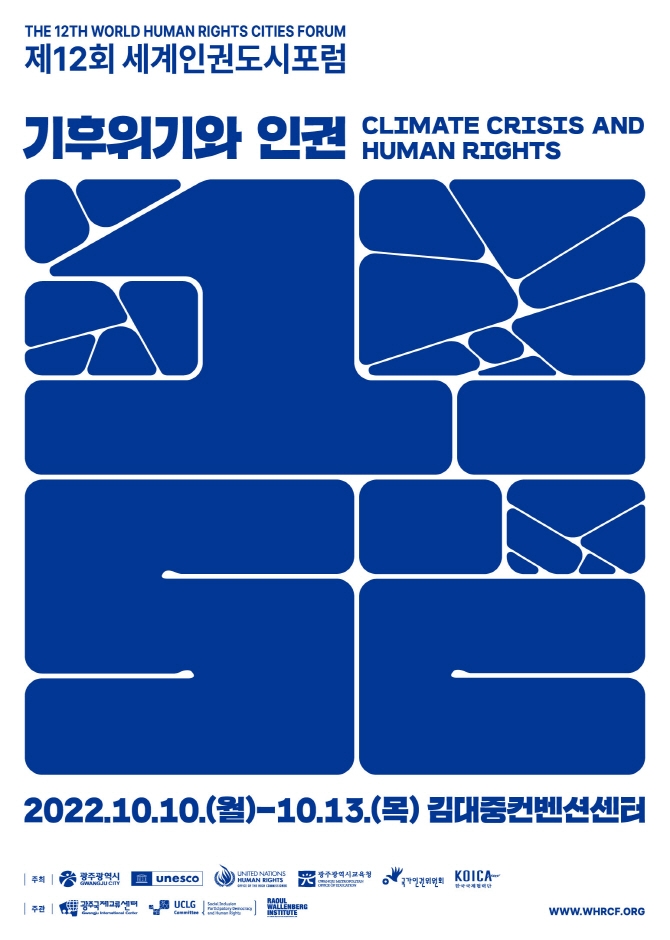
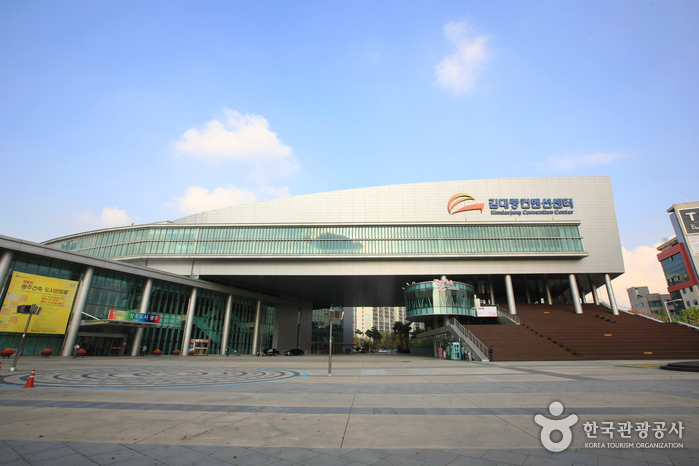
![Damyang Changpyeong Samjinae Village [Slow City] (담양 창평 삼지내마을[슬로시티])](http://tong.visitkorea.or.kr/cms/resource/56/898356_image2_1.jpg)
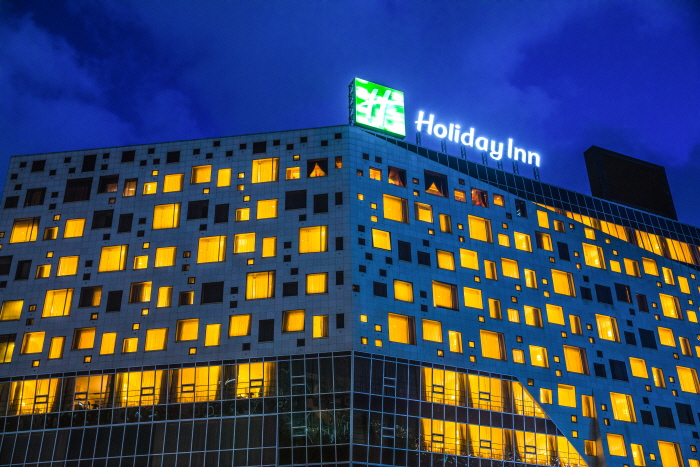
 English
English
 한국어
한국어 日本語
日本語 中文(简体)
中文(简体) Deutsch
Deutsch Français
Français Español
Español Русский
Русский